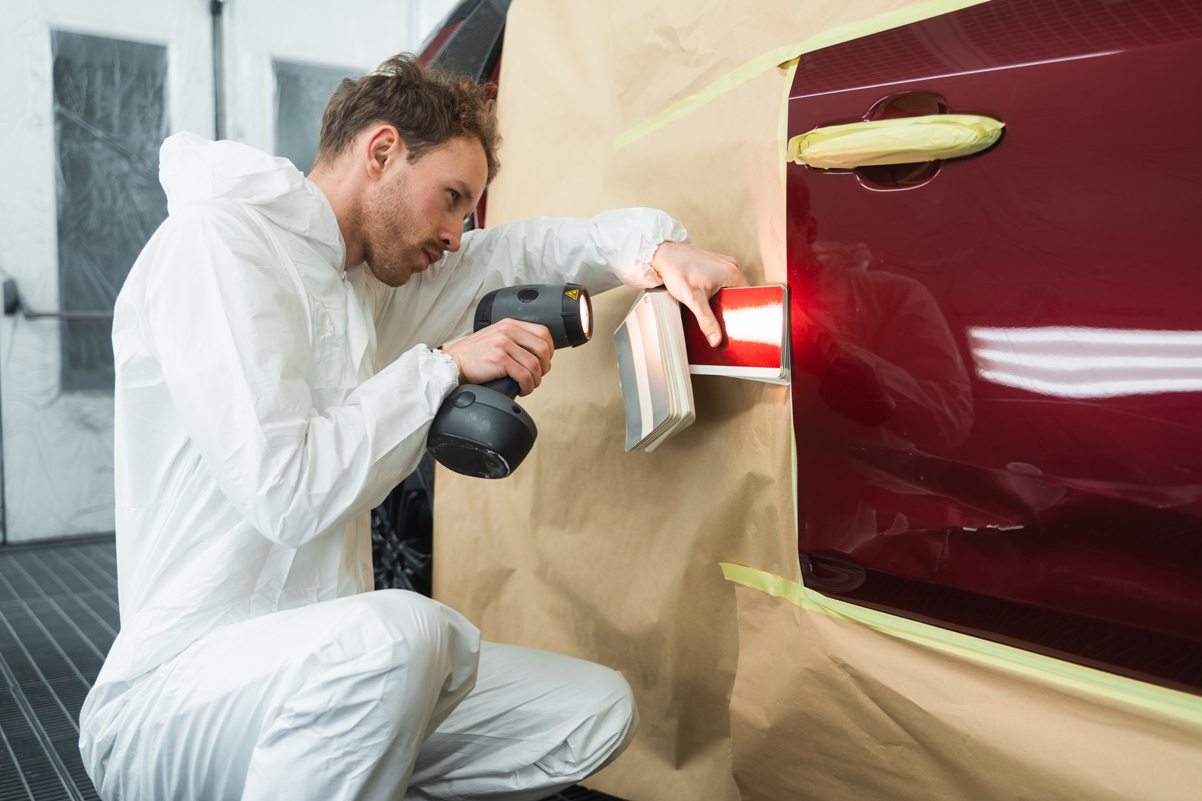Automotive coatings have played a crucial role in the development and evolution of the automobile industry. From the early days of horseless carriages to the modern sleek and shiny vehicles we see on the roads today, coatings have not only enhanced the aesthetics but also provided protection against various environmental factors. Let’s delve into the fascinating history of automotive coatings, highlighting some of the most important milestones and brands that have shaped the industry.
1. Early Beginnings:
The first automobiles were primarily made of wood and lacked any form of coating. However, as the demand for more durable and weather-resistant finishes grew, manufacturers began experimenting with different materials. In the late 1800s, varnishes and lacquers were commonly used to protect the wooden bodies of cars. Brands like Pratt & Lambert and Sherwin-Williams were pioneers in providing these early coatings.

2. The Rise of Enamel:
In the early 1900s, the introduction of steel bodies revolutionized the automotive industry. Enamel coatings quickly gained popularity due to their durability and ability to withstand harsh weather conditions. DuPont, a leading chemical company, introduced Duco, a nitrocellulose lacquer, which became a game-changer in the automotive coating industry. Duco was known for its quick-drying properties and high gloss finish, making it a preferred choice for many automobile manufacturers.
3. The Advent of Electrodeposition:
In the 1960s, the automotive industry witnessed a significant shift with the introduction of electrodeposition, also known as electrocoating or e-coating. This process involved immersing the car body in a bath of paint and applying an electric current to deposit the paint evenly. Electrodeposition provided superior corrosion resistance and improved paint adhesion, leading to longer-lasting finishes. Brands like PPG Industries and BASF played a crucial role in developing and popularizing this technology.

4. The Era of Clearcoats:
In the 1980s, the automotive industry saw the emergence of clearcoats, which added an extra layer of protection and enhanced the shine of the base color coat. Clearcoats were typically made of urethane or acrylic, providing excellent resistance to UV rays, chemicals, and scratches. Brands like Glasurit, Sikkens, and Spies Hecker became renowned for their high-quality clearcoats, offering superior gloss and durability.

5. Waterborne Coatings:
As environmental concerns grew, the automotive industry began shifting towards more eco-friendly coatings. Waterborne coatings, introduced in the 1990s, replaced traditional solvent-based paints. These coatings significantly reduced volatile organic compound (VOC) emissions and improved air quality. Brands like PPG Industries, BASF, and AkzoNobel led the way in developing waterborne coatings, which are now widely used in the automotive industry.

6. The Rise of Ceramic Coatings:
In recent years, ceramic coatings have gained popularity for their exceptional durability and protection. These coatings, made of nanoparticles, create a strong bond with the vehicle’s surface, forming a protective layer that repels dirt, water, and UV rays. Brands like Gtechniq, Ceramic Pro, and CarPro have become synonymous with ceramic coatings, offering long-lasting shine and ease of maintenance.
The history of automotive coatings is a testament to the continuous innovation and advancements in the industry. From the early days of varnishes and lacquers to the cutting-edge ceramic coatings of today, brands like DuPont, PPG Industries, BASF, and many others have played a pivotal role in shaping the automotive coating landscape. As technology continues to evolve, we can expect further developments in coatings that enhance both the aesthetics and protection of our beloved automobiles.








